RTÉ archives are in possession of a 1981 documentary called Does Your Mother Come From Ireland? It was co-produced and presented by Limerick traditional musician and US-based academic Mick Moloney. The film gets an occasional airing, the last for RTÉ being 11/11/2011. Information about the film is not readily available and the following is based on a single viewing.
Does your Mother Come from Ireland? is roughly 45 minutes in duration. The brief was to film the practice and maintenance of traditional Irish music in 80s New York. The film follows Moloney and cameraman Paddy Barron to New York and then back to Ireland where they document the 1981 All-Ireland Fleadh in Buncrana, Donegal.
Opening with the vista of New York from the air, and soundtracked by the Bob Seger rock anthem Rosalie, Does your Mother Come from Ireland? is a unique visual record of many contrasts specific to its time.
An exploration focused on Bronx residents the Tara Céilí Band who were busy preparing for a return to Ireland to compete in the annual All-Ireland Fleadh. These teenagers had previously won the title three times before and would be filmed winning it again. Historically this film is a record of a pan-Atlantic traditional music scene. Embedded in the film was an outline of the cultural mission imitated by an Irish diaspora concerned for the upkeep of tradition. The New York players were conscious of the possibilities of cultural isolation and insisted on the maintenance of a continuous link with the source of the music.
The NY Irish community was known to harbour talented musicians and families noted for their traditional strengths but no one had investigated, in film, how their endeavours fed back into the cultural cradle in the ‘old country’. Moloney’s film is a singular record of this.
The cast, including the celebrated fiddle player Eileen Ivers, were all young American-born musicians who were as proficient in the language of traditional jigs and reels as they were in typical New York pastimes. Footage of these youths playing baseball was styled in that particular filtered haze, unique to filming in New York in the late 70s. It rendered the Irish-Americans similar to those who shimmered in the otherworldly Coca-Cola television ads familiar to Irish television audiences. When the film cut to the same youngsters in houses in the Bronx, diligently playing the sets that would win in Donegal, it registered as a benign jolt.
The overlap between 80’s America, Ireland, Irish America and TV America on Irish television became more than just a subtext as the film progressed. In the 80s US immigration restrictions ended the steady traffic that had replenished New York’s Irish population since famine times. The special Irish relationship finished and with this ending the cultural update injected from each new group of Irish immigrants did also.
Those who delivered styles to the Bronx from sessions all over Ireland were now without visas. The consequences of restrictions forced a realisation that, for the culture to progressively continue, the response would involve an Irish return. Moloney interviewed parents, teachers and other members of the community after the fallout from the decision of the US government to cap immigration. The annual visit to Buncrana was part of a solution.
Increasing awareness of the lack of immigrants arriving with new songs encouraged the parents and teachers to support the concept of the return. The passion and commitment of these teachers in this process was very evident. Other vital insights arose in how the culture was being maintained. One involved Martin Mullverhill, a Bronx musician and teacher. He described quickly crafting an original Irish tune underneath the city (in tunnels, perhaps dug by Donegal men). The subway composition flowed easily, “I had it finished by 205th St”, he said proudly.
Heading to Ireland and winning the Fleadh were happy events for the young American passport-holders but those were not the main priorities of the trip. The youth were engaged in a type of journeying, travelling in the sense of a pilgrimage. An undertaking of a type of pilgrimage that sought rejuvenation and reflection. The humble showing of awards at home by the Ivers family testified to this, as did a Bronx bar manager’s dignified imploration while helping to raise 5000 dollars to send the Tara Céilí Band back to the Old Country: “If anyone here tonight hasn’t the money to contribute, please stay and enjoy the music anyway”.
The hazy tone of the 80s New York landscape as a backdrop to the endeavours of the American Irish youth filled the first part of the film. The second part while filmed in colour stock may as well have been shot in black and white such was the contrast of location at the Fleadh.
Now far from the Bronx the Tara Céilí band are performing on a knocked-together stage in a grey Parish Hall. Their practised reels were clinically measured under the horn-rimmed eyes of a stern adjudicator (the cigire). An impassive seated crowd also measured their performance. A readjustment of viewing was needed as the romance of the previous communal preparations undertaken in the beauty of a New York summer was left behind. The music was the same but it was now heard in the environment of a monochrome Ireland. This 80s island was home to many who wished they had the chance of returning with the American visitors.
Moloney’s Ireland presented itself through another lens. The landscape could have been taken from any Irish documentary film of the 50s. Things moved differently, people acted slower. An officialdom appeared to take over the camera as if the regulations of the Fleadh insisted on it. The adherence to Comhaltas rules and the rigidity that accompanied the reading of them registered even in its recording.
Afterwards, the Americans quietly moved outside with portable cassette recorders recording the open sessions in the unregulated public space of Buncrana. This act of capture was what the journey was about – collecting evidence of native playing. They were capturing the Donegal air to uncap and release on their return. Historically the natives merited recording also. A long shot showed tents surrounding Buncrana. An atmosphere was evident in the attendant mingling of generations and visitors, each with their own agenda.
Another shot on the street captured a suited family man, in town for the day, holding his own as he passed long-haired youths and neatly dressed musicians. Fleadhs at this level were the social midway for the remaining Irish generation of the 80s. The campers in the background sought a music based outlet in this, a transitional time. For the long-haired youth the landscape of this Fleadh was open ground between the depressed dancehall scene and festivals that had yet to appear.
The demand for trad-based groups like De Dannan and Planxty on the festivals that had began to appear came from the transitional long-haired demographic filmed by Moloney. Panning his camera for background filler the filmmaker inadvertently documented a crossover.
Another vibrant shot of overlapping cultures was a brief shot of a native Irish céilí band with a young drummer starkly wearing a Doors t-shirt. There was a minor cult for the ‘poetry’ of Jim Morrisson circa 1981 as the Doors’ back catalogue was being repackaged. But a Doors t-Shirt was a relatively rare and exotic item particularly for a teenage drummer in a céilí band in Donegal. Would one of the American contingent have gifted him the shirt? Perhaps gifted tapes also? The Americans were now known as regulars and tentatively part of this Fleadh community. It is conceivable that friendships were made, and perhaps cultural exchanges of many sorts were a regular feature.
It is fair to speculate that the New York parents who facilitated their children’s activity to maintain the diaspora’s cultural link to Ireland could have inadvertently instigated a reciprocal musical process. 80s Virtual America, especially the urban otherness of New York, was visually a familiar sight from Irish TV programming which leant heavily on US import drama. A type of virtual American landscape began to merge with an Irish one. A topology that stretched from The Waltons‘ Mountain to Kojak’s Manhattan with the beach of The Rockford Files in between. The virtual West was passively received, indulged as a glamorous contrast to a recession-based Irish vista. An aural insight into the land of opportunity would have delivered a different sensation. This insight may have been on a cassette tape containing excerpts, musical and otherwise ranging from New York radio to trad sessions in the Bronx. Those cassettes may have been left behind in Buncrana.
The content of Does Your Mother Come From Ireland? whether primary, secondary, or speculative remains as entertaining and historically informative 30 years after it was shown, and its concept is a credit to Moloney and his team.
(by Paul Tarpey)

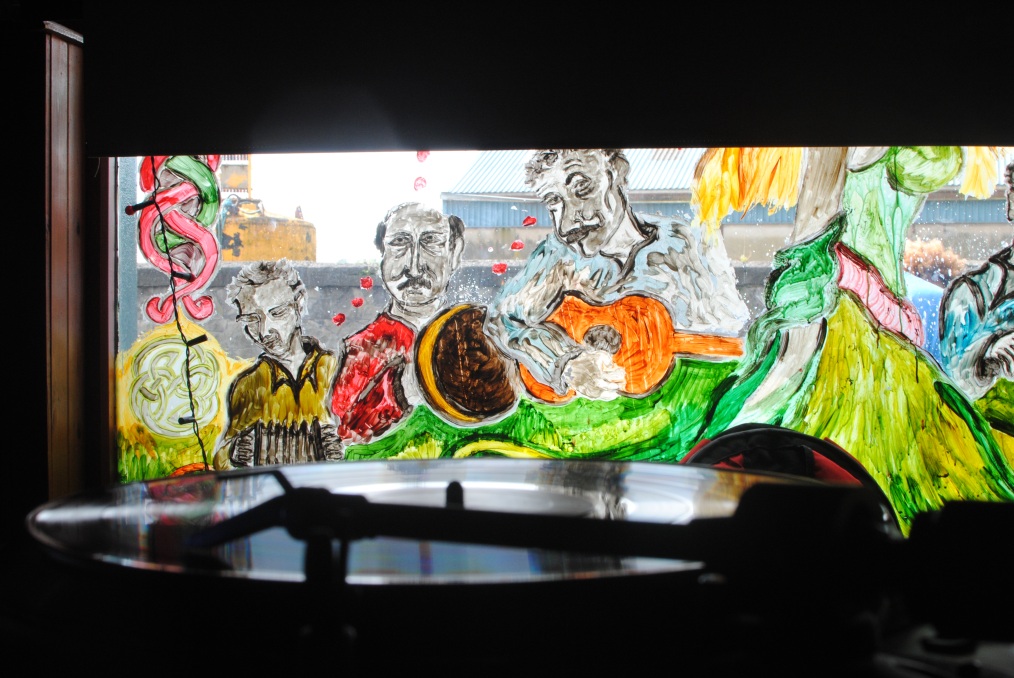
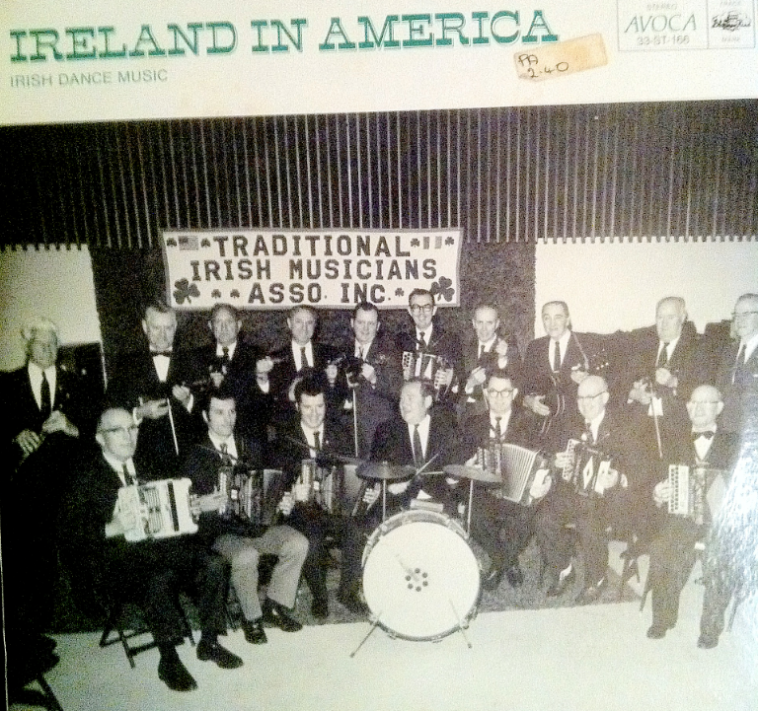
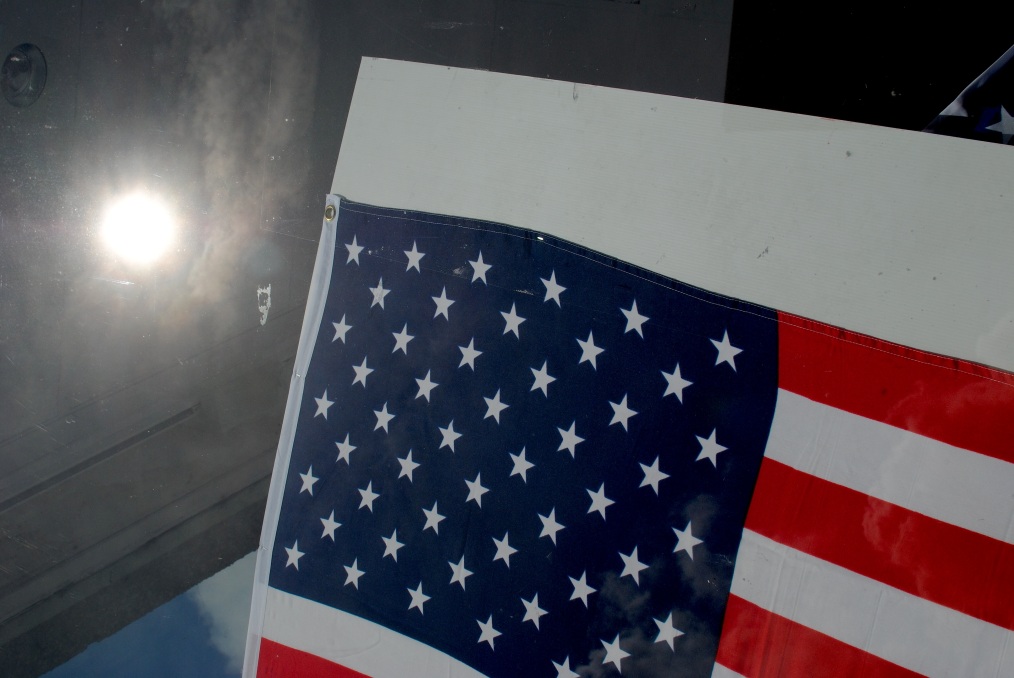
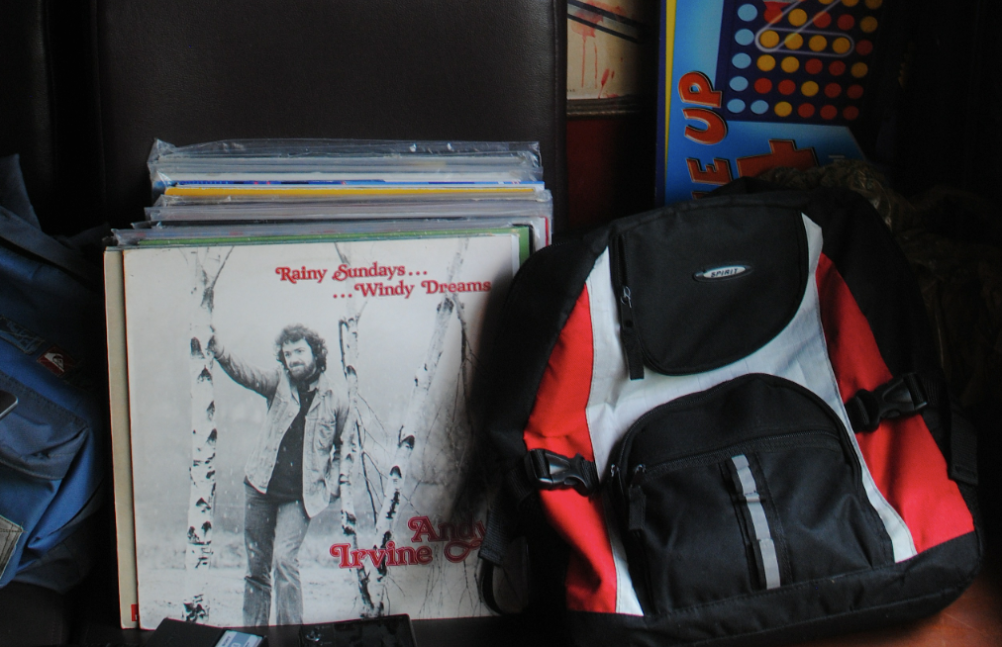

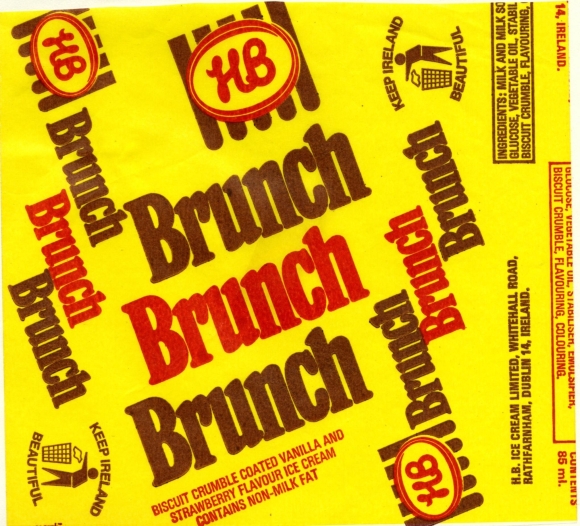


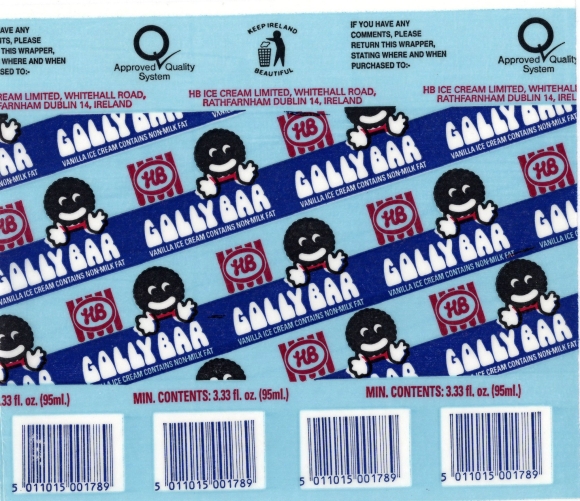
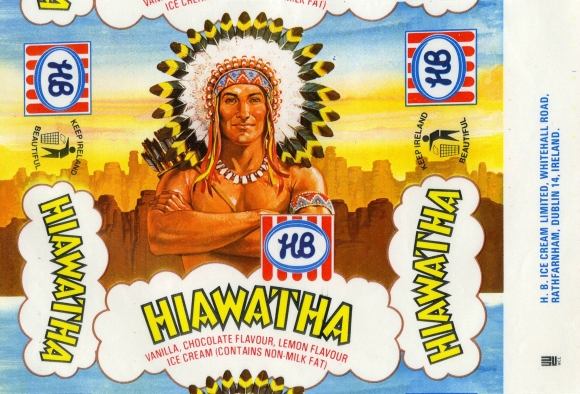




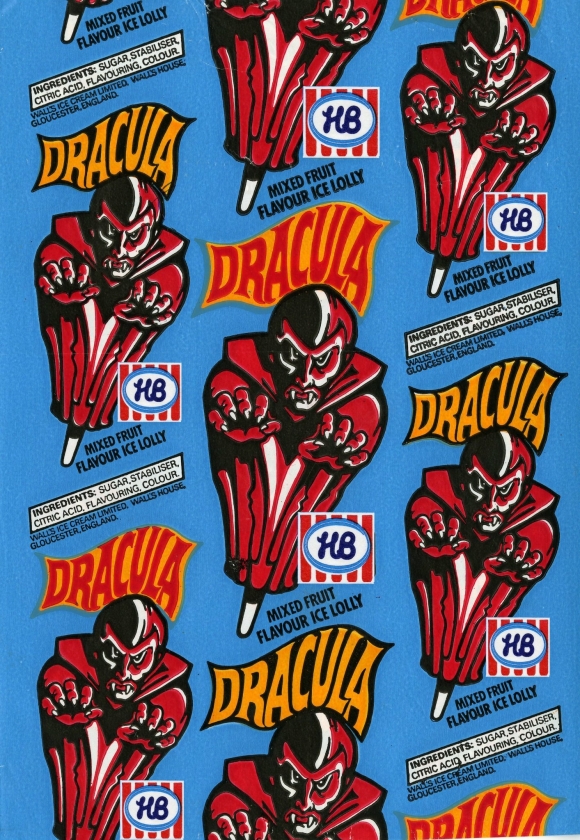



 Inishowen, c. 1980s.
Inishowen, c. 1980s.





